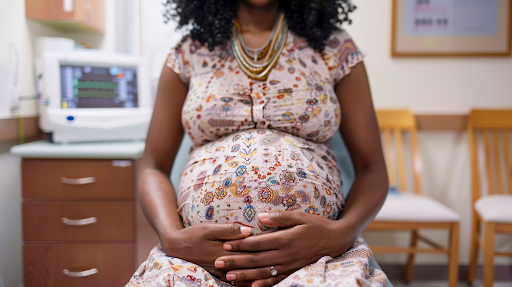As an average woman of reproductive age, you only have a 20 percent chance of getting pregnant in any month of trying. And if conditions are hampering your reproductive system or that of your spouse, the chances are much worse.
Causes of infertility can range from not timing intercourse properly to being overweight to structural problems with the reproductive organs.
The primary causes of failure to achieve pregnancy fall into three categories: medical issues, lifestyle factors and genetics. While you can address some of the lifestyle issues most medical conditions require investigation. Genetic issues have no direct solution as far as correcting the genetic problem, but that doesn’t mean you can’t work around them.
A number of infertile couples are diagnosed with unexplained infertility that most likely involves issues with poor egg or sperm quality, or problems with the uterus or fallopian tubes that aren’t identifiable during normal fertility testing.
If your infertility is unexplained, there is no cause for alarm. Approximately one in ten fertility challenged couples will be told there is no explanation for why they can’t conceive. Unexplained infertility does not, however, mean that you have no options.
Depending on your age and how long you’ve been trying, the odds of conceiving on your own may be higher than for most infertility diagnoses.
Nevertheless, unexplained infertility is a controversial diagnosis. It’s a diagnosis of elimination. The confusion is obvious. Your doctor knows what you don’t suffer from but does not know what you suffer from.
However, while one doctor may diagnose your case as unexplained, another fertility specialist may say you just haven’t been fully evaluated. And that doctor may be right.
Unexplained infertility can only truly be diagnosed after a full and complete fertility evaluation of the male and female partners.
An unexplained infertility diagnosis may be given if it has been shown that there are no serious uterine fertility issues, you are ovulating regularly, your fallopian tubes are open and healthy, your ovarian reserves are good and your partner’s semen analysis is normal (including total count, sperm movement, and sperm shape.)
If any of the above has not been evaluated, a diagnosis of unexplained infertility may be premature. A laparoscopy is also needed to rule out endometriosis. Endometriosis cannot be diagnosed with blood work or ultrasound, and unless you’re experiencing painful periods, your doctor may not consider the risk of the surgical laparoscopy worth making a diagnosis.
Unexplained infertility isn’t a magical condition. There is a reason; just that no one knows what it is. There are a variety of possible explanations for unexplained infertility.
You may have an undiagnosed underlying (non-reproductive) medical condition, you may not be ovulating or have poor egg quality, in the ovaries, or it could be poor sperm quality in the testes.
Some couples with unexplained infertility may conceive without any treatment help within one to two years of diagnosis. No one knows why or what was wrong, but it happens. But ideally, a healthy, fertile couple has about a 20 percent chance of conceiving in any given month.
A very subtle fertility problem could also be the cause, but not so much that you can’t conceive on your own with more time (subfertility).
The bottom line is that although getting pregnant may seem simple, the act of conceiving can often be very difficult. It involves many bodily functions and systems being in good condition in both the male and the female, all of which must happen in the right sequence and at the right time.





